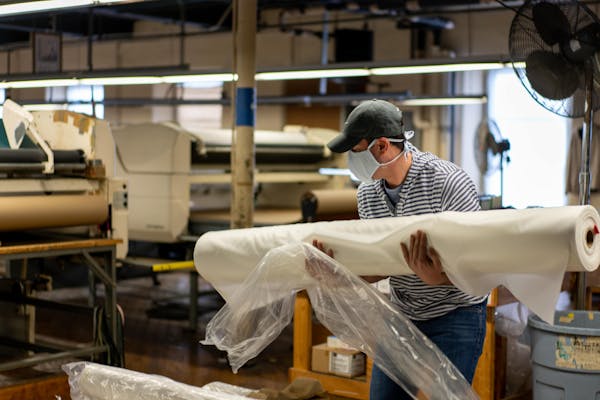
Textile Exports and Digital Integration Pakistan’s Apparel Industry in a Post-COVID World
By the end of 2021, Pakistan’s textile industry—the backbone of the country’s exports—had staged a significant recovery after the pandemic slump of 2020. With global demand rebounding and digital adoption accelerating across supply chains, the sector experienced its highest-ever annual export earnings, hitting $15.4 billion in textile and garment exports (Pakistan Bureau of Statistics, 2021).
But this success wasn’t just due to pent-up demand. It reflected a deeper transformation: a shift toward digitally integrated manufacturing, e-commerce exports, and compliance-driven production.
The Pandemic Reset
The textile sector, which contributes nearly 60% of Pakistan’s exports and employs over 10 million people, was hit hard during the first wave of COVID-19. Order cancellations from Europe and North America, lockdowns, and supply chain disruptions led to layoffs and plant shutdowns in 2020.
However, the government responded with an aggressive export support strategy. Key policies included:
- Energy subsidies (reduced electricity and gas tariffs for textile exporters)
- TERF (Temporary Economic Refinance Facility), a low-interest loan scheme for machinery upgrades
- Duty-free import of raw materials like cotton and polyester yarn
These moves, combined with a favorable rupee-dollar exchange rate, set the stage for an export rebound in 2021.
Digital and Compliance Transformation
One of the most visible shifts in 2021 was the sector’s embrace of digital tools to meet global buyer demands for traceability and transparency. Large exporters such as Interloop, Nishat Mills, and Artistic Milliners began investing in:
- ERP systems and production monitoring platforms
- Digital sampling and 3D prototyping to cut costs and improve turnaround times
- Blockchain pilot projects to track cotton origin and labor compliance
- Automation in spinning and dyeing units
This transformation was accelerated by the rise of fast fashion brands demanding digital integration, and international pressure on sustainability and labor rights compliance. Pakistan’s top exporters started aligning with Better Cotton Initiative (BCI) and Higg Index sustainability standards.
E-commerce Export Boom
Another significant trend was the rise in small and medium textile businesses exporting via e-commerce. With platforms like Amazon officially onboarding Pakistani sellers in May 2021, many SMEs from Faisalabad, Sialkot, and Karachi began selling home textiles, fashion apparel, and fabric directly to global consumers.
This democratized access to export markets, bypassing traditional buyers and agents. Freelancers and entrepreneurs offering services on Etsy, Shopify, and Amazon became part of Pakistan’s emerging digital export economy.
Challenges Remained
Despite the 2021 resurgence, challenges persisted:
- Cotton shortages due to weak local crops pushed firms to import from India and Brazil.
- Low value addition: Most exports remained in low-margin segments like bed linen and towels.
- Labor skill gaps in digital tools and compliance reporting.
Outlook
With international buyers increasingly prioritizing ethical sourcing and digital transparency, Pakistan’s textile industry was being pushed toward long-term modernization. The Pakistan Textile Policy 2020–25, launched earlier in the year, aimed to boost exports to $25 billion by 2025 through innovation, skills development, and value addition.
By the close of 2021, it was clear that digitalization and export diversification were no longer optional—they were survival tools.
References:
Pakistan Bureau of Statistics – Export Data 2021
http://www.pbs.gov.pk
Ministry of Commerce – Textile Policy 2020–25
https://www.commerce.gov.pk
Dawn News – Textile exports hit record high in FY21
https://www.dawn.com/news/1637774
Bloomberg – Pakistan’s Textile Sector Recovers After COVID Shock
https://www.bloomberg.com
Amazon Pakistan Sellers Announcement –
https://www.techjuice.pk
